Part 2
Many people use the words anxiety and panic attack casually. “I went to the market and they were out of my organic, crunchy, GMO-free peanut butter. I almost had a panic attack!” Really? Did you feel like you were suffocating? Did your knees start to shake? After you found your peanut butter, were you exhausted to the point of needing a nap? No? Then you didn’t have a panic attack. A panic attack occurs suddenly, without warning. Your heart rate goes from 0 to 100 in seconds. Sweating, shaking, feelings of non-reality and dizziness cloud your vision and thinking.
If you have never had a panic attack, imagine running down a trail and suddenly a mountain lion jumps from the brush directly at you. You would, in that instant, have all the symptoms of a panic attack – and justifiably so! A panic attack is essentially the body’s fight or flight response. When I drive and am first in line at an intersection red light, my knees start to tremble and my hands sweat because I am so afraid that I will lose control, take my foot off the break and hit the gas, potentially hurting myself and others. Because the symptoms are so physical, attacks leave you feeling exhausted. I have to pull over once I get through the light, put the seat back in my car and rest to recover.
Generalized anxiety, as compared to a panic attack, is more of a chronic, underlying feeling of impending disaster. There is a constant feeling of being on edge. I often feel distracted with my thoughts when sitting in the car, watching Netflix or lying in bed at night. Lack of sleep and being hungry make anxiety symptoms worse and panic attacks more likely. I have to be really careful with caffeine. Just a bit too much and I turn into Chicken Little; the sky is going to fall any second.
One of the most memorable attacks I had was 2 years ago. What made this panic attack so unforgettable is that, ironically, it took me from a completely safe situation and put me into a potentially dangerous situation. I actually took a scary situation that was completely in my head and turned it into a real-life scary situation.
I had an early morning work event in Redmond, Washington that required my fiancé (Tad) and I to leave home (Bellingham, WA) at 4:30 am. We stopped at Starbucks on the way and when they handed me my coffee I realized it was a size larger than what I had asked for. I drank the whole cup, which I would regret hours later. After the event we stopped to run at a park we had never been to before, Bridle Trails State Park. I was feeling extremely tired from waking up so early, I was feeling on edge from the extra caffeine and I was feeling hungry despite snacking throughout the morning. This was a recipe for disaster.
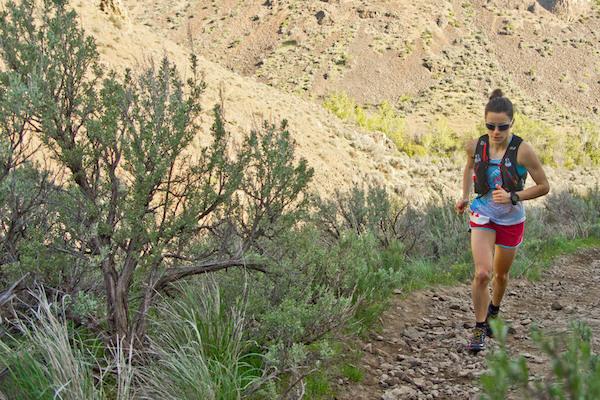
The park is fairly large but it is surrounded on all side by residential neighborhoods, i.e. we were not in the wilderness or miles from civilization by any means. Shortly into the run, Tad started to pull away. I wasn’t in any mood to keep up so he would wait on me at the intersections to tell me which way to go. After a couple minutes I looked up and I couldn’t see him in front of me. I started to feel nervous and then I started to panic. Rather than just continuing forward to the next intersection or turning around and going back the way I came, my first thought was “I have to get out of here.” We were running a loop clockwise so I must have intuitively known that any trail to my right would take me into the middle of the loop and any trail to my left would take me away from the loop and out of the park. I took an immediate left on a small trail and ran out of the woods and into a neighborhood. It was the middle of the work day so nobody was around. I started to experience feelings of non-reality, best described as feeling disengaged from my surroundings as if in a dream.
I looked frantically for someone, something, anything alive to bring me back to reality. Then I saw a man getting into his car. I approached him and politely asked him if he knew which way to the trailhead, that I had taken a wrong turn and lost my bearings. He said, “oh you’ll be a little old lady by the time you make it back. It is a maze in there. I will be driving right past the parking lot. I can drop you off.” I thought about this for a second. I had a flashback to being 5 years old and told never to get in the car with a stranger. Then I thought about having a panic attack in the woods. The fear of having a panic attack alone on the trail was greater than the fear I had about getting in the car with this stranger! I opened the passenger door and the car was filled with books, newspapers, garbage and miscellaneous junk including duct tape. The drive was taking much longer than I thought it should and I kept asking him how much further it was to the trailhead. I realized that I was now in a potentially dangerous situation. “Oh it’s a ways. You really got yourself turned around,” he said. It turns out the man was actually on his way to a meditation retreat and was so excited to be able to help out someone in need. He couldn’t wait to tell his wife how he “saved” someone today. When we finally reached the trailhead, I got out of the car, thanked him and then broke down in tears after he drove away.
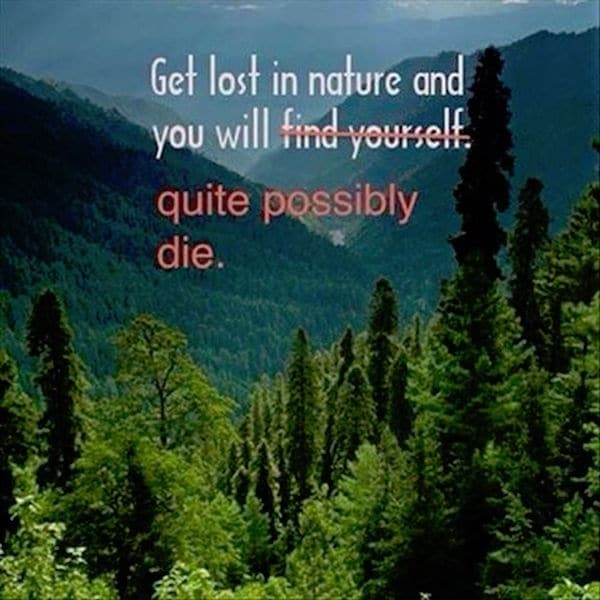
Fear can make you do crazy (read: stupid) things and I am extremely embarrassed about this whole situation. The important lesson to take away is that I did not lose my mind, I did not lose control. I actually made a conscious decision to get in the car with a stranger. This may seem counter-intuitive but there is comfort in knowing that even under the influence of extreme fear and panic I still took logical, rational steps to remove myself from the fear inducing situation and in order to get back to the car, even if they weren’t the smartest decisions.
I have since started running with my phone in case of an emergency and I always bring calories with me no matter how short or easy the run is. This is a coping mechanism and does not addresses the underlying problem, but at least I can say that I have not got in the car with a stranger since and neither should you. Ever.
To read Part 1 click here.



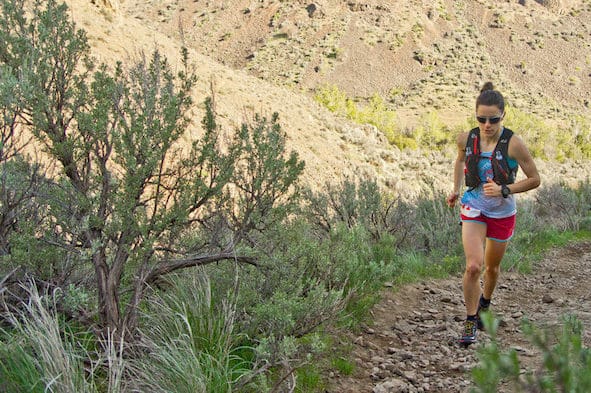
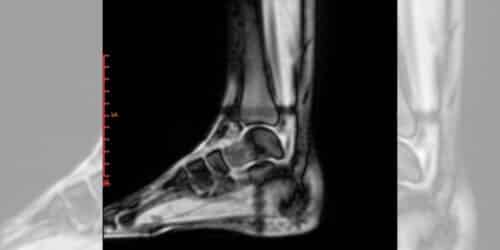










0 Responses
I have Panic Disorder and often find it is really hard for people to understand. You are so right about sleep, caffeine and hunger being major factors that could lead to an attack. I’ve had them since I was very young, but have noticed them worsening over the last few years…
Thanks for your comment, Meg. It is really hard for people to understand who have never experienced one. I hope that you take comfort in knowing that you are not alone in your struggles.
Thanks for your comment, Meg. It is really hard for people to understand who have never experienced one. I hope that you take comfort in knowing that you are not alone in your struggles.
When I was a teenager I was told that during a long distance race there are sort of "dead points", when you think that you’re done and is better to quit the race. I realized that these "dead points" are in fact panic or anxiety attacks.
My problem was that in 3k and 5k races I used to throw up when I was about to finish the race and it was slowing me down. I’ve seen on TV that great athletes are speeding up in the last lap or so. I told to myself that if I don’t find a workaround for the dead points I’m not going to do performance, ever.
I started a tough mental struggle to find a solution for this and after two years I made it.The solution was to maintain a constant, neutral excitement level, despite the stimuli.I began at Fartlek workouts, because the stimuli varies a lot. When I was sprinting I tried not to be affected by the increased level of effort. When I was slowing down I tried not to get happy that is easier.Then I put my "excitement level" at test in different circumstances like: intervals, sprinting after long tempos and somehow torturing my body while my mind stayed sharp, strong and independent of any emotions.My training improved considerably, the races were easier for my mind and never threw up again. It took 2-3 months to calibrate my excitement control.
The effect on running was that I was relaxed most of the time. I began to have peace with myself and have more emotional stability.
There were other consequences. I was afraid not to lose this wonderful state of mind, so I tried to apply it in my daily activities. Without much excitement in my life, the apathy was pretty obvious, although I was happy.Moreover, I became a bit insensitive even in important situations. When my grandmother died, I was hurt, but I didn’t dropped a tear. On the other hand, I could face most of the social interactions and life events that I couldn’t handle before.
I wouldn’t recommend to others to do what I did, unless they understand the risks and benefits.Personally I suffered a lot before and this change released me.